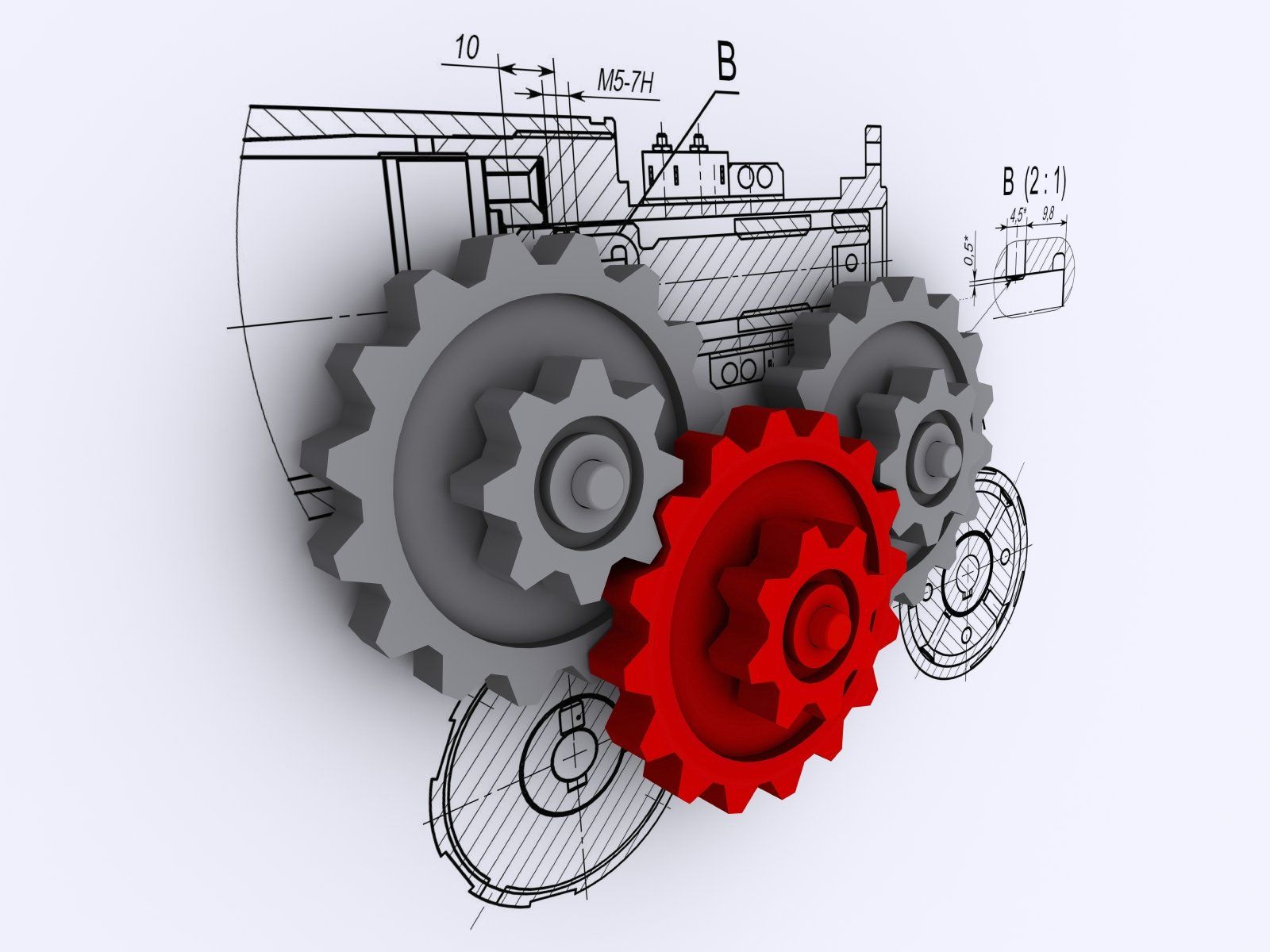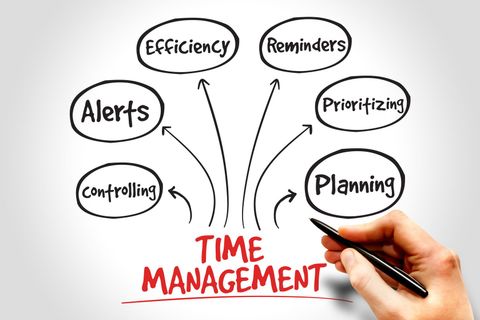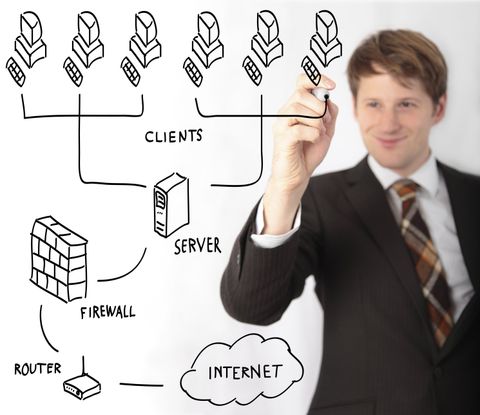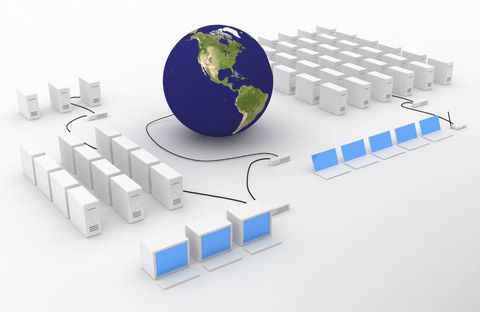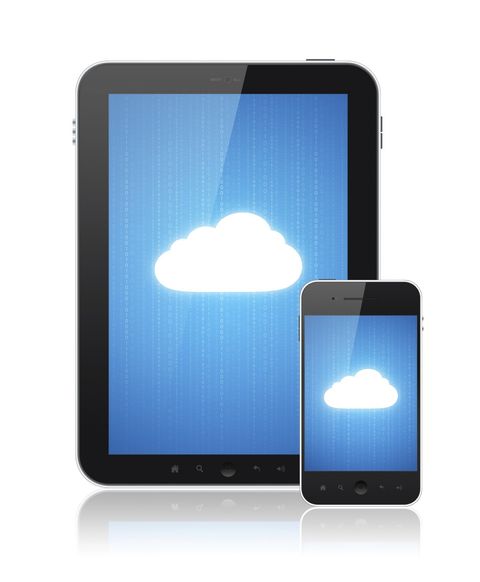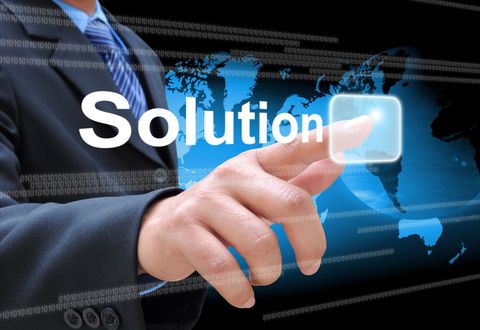IDEA2Market
The secret of change is to focus all your energy not on fighting the old but on building the new. We are here to help!
APPROACH AND METHODOLOGY
We approach each project as a true collaboration in ideation -- a stem-to-stern process that brings sophisticated techniques to high-yield ideation and creative problem solving. From a true investigation of the 'objective', energizing brainstorming techniques to refining, exploring and testing of ideas.
We believe the ideation process begins the moment we connect with our clients. We offer our expertise and guidance whenever needed to ensure that the entire process is as smooth and enjoyable as possible. Through this process, we take the time to listen to your goals, evaluate, analyze, measure, compare and follow through to completion. Our goal is to whittle down ideas to a short-list of actionable items, set realistic expectations, and then provide strategies and solutions that go above and beyond the expected.
Our well-rounded quality commitment will be with you from concept right through development, implementation, deployment and after-delivery services. We provide our clients single point of contact for assurance of quality.
We will guide you through the following processes: Envisioning, Planning, Developing, Stabilizing and Deploying.
Envisioning
Envisioning is the most important phases of the project. On this stage project goals and constraints are determined, common project vision and project scope is formed, business requirements are identified and analyzed.
INPUT
Product requirement
Set of supplementary documents
End-user/client implication
Use case / Usage stories
OUTPUT
Project specification document (draft)
Project scope document
Project risk assessment document
Planning
Planning goal is to identify all projects requirements specify them in project requirements specification document. Most project risks are identified, and risk mitigation strategy is determined. On this stage project goals and constraints are determined, common project vision and project scope is formed, business requirements are identified and analyzed.
INPUT
Project vision document
Project scope document
Risk assessment
OUTPUT
Project specification document
Project plan
Test plan
Risk assessment document
Developing-Design
Developing stage consist of three stages: Design, Implementation and Integration.
Design:
Business concept and project requirements are transformed into technical vision of the product. Project design is created including product architecture, interface & database design, deployment schema and test cases. Prototype is developed at this stage to prove chosen concept and technology.
INPUT
Product specification document
Project plan
Development plan
Test plan
Risk assessment document
OUTPUT
Technical design
Final version of Project plan
Product Prototype
Risk assessment document
Test Specification
Test cases
Developing-Implementation
Developing stage consist of three stages: Design, Implementation and Integration.
Implementation:
Product development is performed at this phase, including module integration. Overall project documentation is updated. At the end of this stage all project features are completed, and solution is ready for testing.
INPUT
Product specification
Technical design
Project plan
OUTPUT
Source codes and Executables
List of implemented features
Updated project documentation
Developing-Integration
Developing stage consist of three stages: Design, Implementation and Integration.
Integration:At this stage team performs overall project integration; development testing of the whole project and final code review. All supporting documentation is being developed at this stage, including user manual, installation guides and release notes.
INPUT
Source codes and Executables
List of implemented features
Project Specification
Technical Design
Project Plan
OUTPUT
Confirmed implemented features list
Tested software build
Updated project documentation
Users Manuel
Installation Guides
Release notes
Stabilizing
Stabilizing
goal is to prepare testing environment, deploying product solution, test cases execution and product verification are performed at this stage. Software test team performs complete project testing and development team - bug fixing, build improvements and make ready build as a release candidate.
INPUT
Confirmed implemented features list
Tested software build
Project Specification
Technical Design
Project Plan
Users Manuel
OUTPUT
Test Result Report
Submitted defects in defect tracking system
Ready Product
Deploying
Deploying
goal is the team to provide installation package and other project deliverables to the client, deploy the product and components to client system and obtains final client approval of the project. After the deployment, the team conducts a project review and a customer's satisfaction survey.
INPUT
Test Result Report
Submitted defects in defect tracking system
Ready Product
OUTPUT
Deployed / Installed Product
User's Manuel
Ready Product
Customer satisfaction survey
SERVICESWe build software products with a lean approach
Technologies
PLATFORMS
- Windows
- MacOS (OSX)
- Linux
- Android
- iOS
- Windows Mobile
- Windows Phone
PROGRAMMING
- С/С++
- С#
- PHP
- Ruby on Rails
- Python
- Java
- Objective-C
- Java Script
- SQL
- Action Script
- HTML
TECHNOLOGIES
- .NET, ASP.NET, MVC
- Windows Forms
- Windows Azure
- Windows Phone
- XML/XSLT, HTML/CSS
- ADO.NET, LINQ
- WPF, Silverlight
- RIA Services, WCF Data Services, Unity 3D, QT
- Win API, Prism, Flash
- DirectX, OpenGL, Ajax
ENVIRONMENTS
- MS Visual Studio
- Mono Develop
- Eclipse
- Netbeans
- XCode
- Borland C++ Builder
- PHP Storm
- QT
- Adobe Photoshop
- 3Ds Max
- Maya
WEB TECHNOLOGIES
- Node.js
- Angular
- Drupal
- Django
- Laravel
- WordPress
- Opencart
- Magento
- Zend
- Kohana
- Yii
- Symfony
PROJECT MANAGEMENT
- Jira
- Mantis
- Basecamp
- Redmine
- Pivotal tracker
- MS Project
- MS Visio
- Team Foundation Server
- SVN
- Git
- Mercurial
- Timesummary
FRAMEWORKS
- Entity Framework
- MVVM Light
- Spring.NET
- Castle.NET
- Micro
- Compact Framework
MS ENTERPRISE
- MS Dynamics CRM
- SharePoint Server


